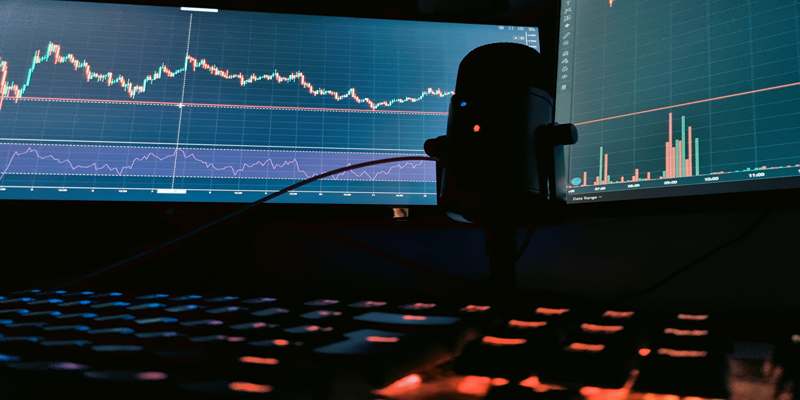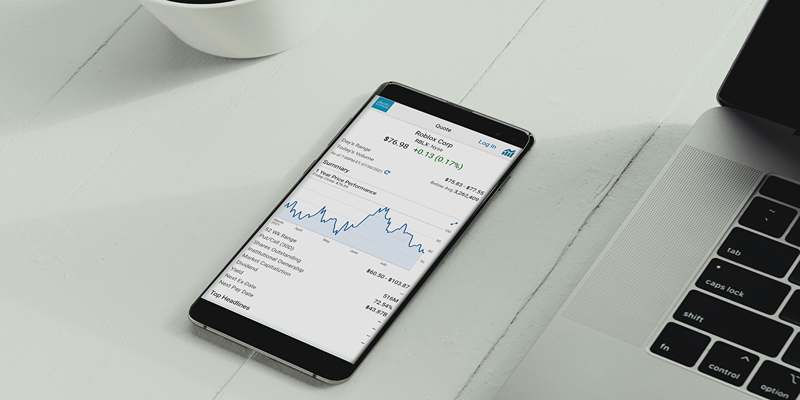Comparing scalping and day trading for maximum profits
Scalping is one of the short-term trading strategies widely used by traders in the forex market to make quick profits. Both of them refer to the opening and closing of positions within the same day, but they are distinct in terms of their frequency, holding periods, and risks involved. Scalping is an approach that operates multiple times a day to take advantage of small price movements, and for this reason, time is an important element. For any trader who is interested to know the truth about scalping vs. day trading, it is essential to know the difference. This paper aims at developing and outlining major differences, basic techniques, and how the timing affects profits of both categories of trades.

Key Differences Between Scalping and Day Trading
Trade Frequency and Holding Period
Scalping therefore entails entering and exiting many trades within minutes or even seconds, with relatively small profits per trade. Traders may open and close positions within a few seconds or within a short span of time. Day trading, on the other hand, takes fewer trades, and the holding period ranges from several minutes to several hours. While day traders make use of analyses to look for bigger price movements, scalpers focus on speed and small movements of the market. A common trading strategy is scalping, which involves making several trades in a day. This requires a fast response and a strict money management approach, while day trading is based on timing and analysis of charts for the best returns.
Risk and Reward Considerations
Both strategies are considered high-risk since many trades are made, and great focus is made on small price fluctuations. While earnings are easy to attain, the small transaction costs and slippage can lower the profits. Day traders, on the other hand, enjoy the opportunity to look for wider price ranges that will enable them to make more profits in each trade. Scalping entails adopting certain measures that ensure that losses do not accumulate quickly, and on the other hand, day trading involves managing the prices in the market well. Scalping versus day trading depends on the trader’s tendencies towards risk, market conditions, and their capability to make fast decisions as compared to those who prefer set-ups on trades.

Market Timing and Execution Speed
Market timing is very important in scalping and day trading, but in scalping, it involves more speed and momentum. It is most effective in markets with high trading turnover where small fluctuations in price take place. Another challenge is the speed of operations since even a small delay can lead to a loss of profits. Day traders, on the other hand, deal with average trends and employ technical analysis that will help them determine the price movement for many days. Lack of time is crucial for scalping, as the trader needs to enter trades immediately, while day traders require price action analysis and response to important events during the trading session.
Effective Trading Strategies for Scalping and Day Trading
Scalping Strategies for Quick Profits
Scalping is a trading strategy that is based on making numerous transactions within a short time frame with small price differences. Tight stop-loss orders are frequently employed by traders to reduce the risks while making as many transactions in a span of minutes as possible. Some of these are the one-minute and five-minute scalping strategies that involve moving averages and momentum indicators for entry signals. Moreover, they target high turnover stocks or forex pairs to facilitate quick sales of such stocks or currencies. This is important because scalpers make use of market entry and exit within a very short amount of time. This is the strategy of making many trades that frequently but, at the same time, following risk management measures closely and ensuring that traders earn little profits consistently and over time; the amount of money that one can earn is significant.
Day Trading Strategies for Larger Gains
Day trading strategies are all about making decisions based on the conditions of the day’s market in an effort to make a quick turnaround on the stocks. Breakout trading is a trading strategy whereby a trader begins new positions when prices cross a range or a certain set of levels. Another method is trend trading, and this is when the trader follows the ongoing trend so as to make bigger profits from the rise in prices. While scalping turnover is high and the number of trades is low, day trading focuses on large price fluctuations in the course of the trading day, patience, and a high level of analytics to make the most of the opportunity.
Choosing the Right Indicators for Each Style
The selection of the indicators is different in scalping and day trading. Scalpers work with short-term triggers like Stochastic Oscillator, VWAP, or MACD in order to identify quick trading signals. These indicators assist in determining the short-term trends as well as when an asset is overbought or oversold. Day traders, however, employ barometers such as moving averages, Fibonacci retracement, or volume analysis, among others, to determine the direction of the market. While scalping is based on the fast and precise movements of price, day trading requires a more profound market analysis to confirm this. Therefore, proper selection of indicators makes it possible for the trader to get good signals for entering or exiting the market within the chosen strategy.
Conclusion
Scalping and day trading are two strategies that can be used by short-term traders, but they differ in terms of skills and risks involved. Scalping trades are characterized by a high turnover and small profits; on the other hand, day trading is characterized by fewer trades, but the profits are bigger. Each of them is suitable for a trader with a particular level of experience, knowledge of the market, and tolerance of the risks involved. An overview of the differences and choosing the right tactics can increase the effectiveness of both approaches, as well as the identification of the right indicators. In this context, mastering the skills of market timing as well as strict management of risks, traders will be able to achieve high profits and develop a successful trading career in the volatile financial markets.











